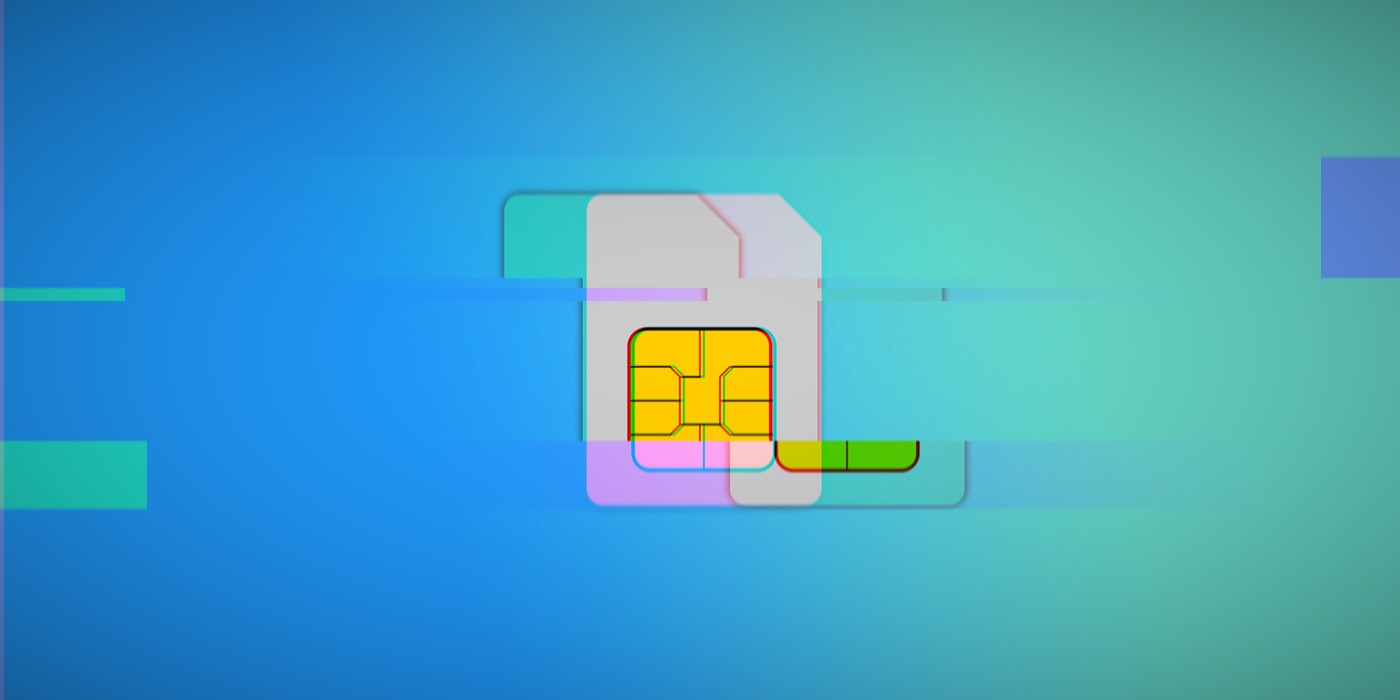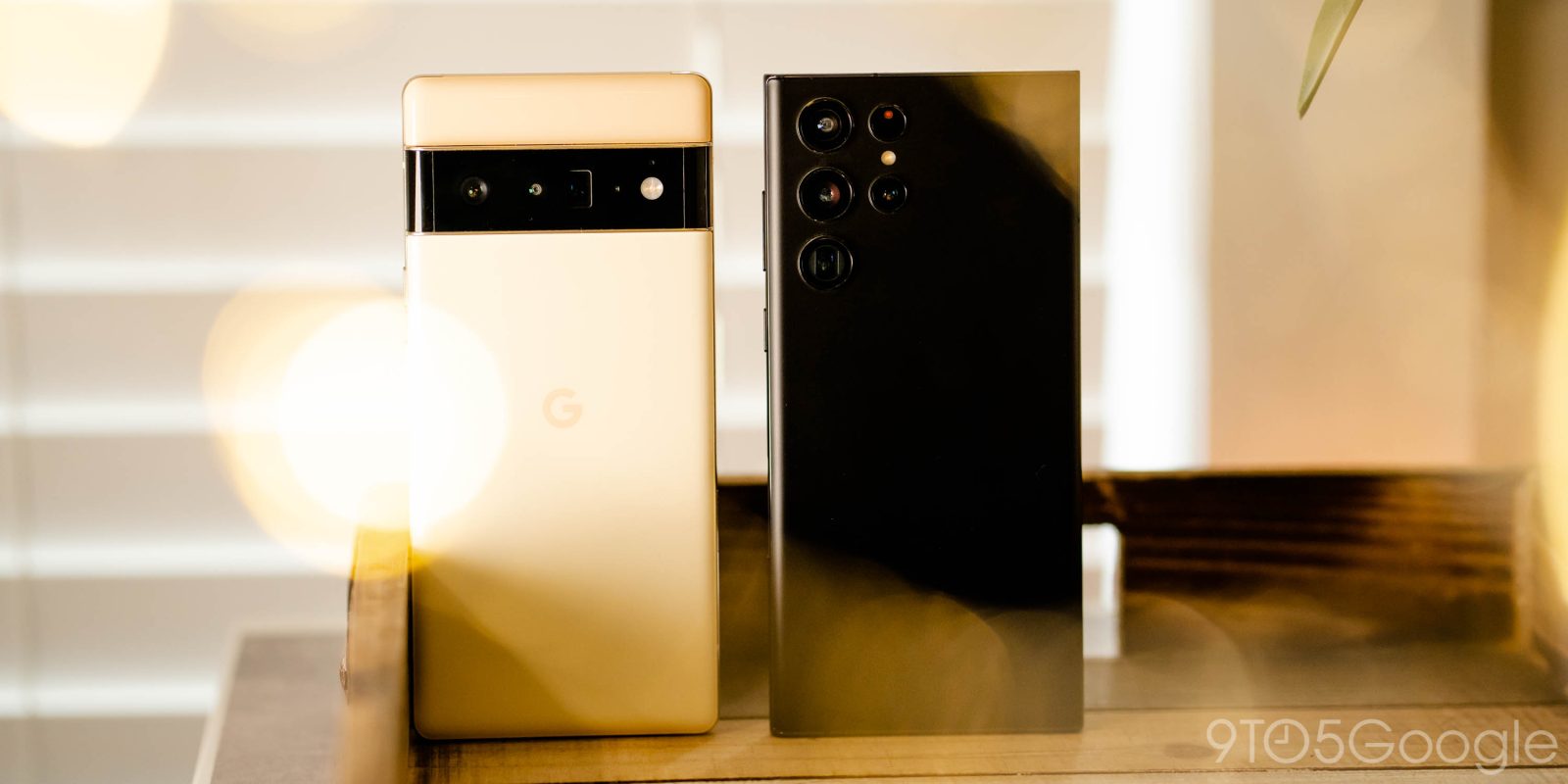Android expands eSIM transfer tool, but it’s still pretty limited

After announcing the feature last year, Google appears to be more widely rolling out support for eSIM transfer across devices on Android.
Expand Expanding Close
After announcing the feature last year, Google appears to be more widely rolling out support for eSIM transfer across devices on Android.
Expand Expanding Close
As eSIMs have become more popular on the back of Apple’s decision to go eSIM-only on US iPhones, Android is preparing to better support the feature with a new eSIM transfer feature in the pipeline.
Expand Expanding Close
eSIM has been around for several years at this point, but support and handling is wildly different across different Android devices and carriers. Today, Google is announcing a new tool that will help the future of eSIM on Android, with support for eSIM transfer.
Expand Expanding Close
As eSIM starts to take over, Google seems to be working on better support for the technology within Android, with the ability to transfer eSIMs being developed behind the scenes in Android 13.
Expand Expanding Close
Verizon has been a huge name in cellular networking for ages, though many smaller and more affordable companies have appeared as of late and have become more appealing. Looking to show customers what they’re missing, Verizon is launching a new Test Drive program that lets you try 5G on a free trial basis.
Expand Expanding Close
Some companies have been struggling with the adoption of the eSIM standard, while others are embracing it with arms wide open. Mint Mobile seems to be part of the latter group, bringing eSIMs for purchase to Best Buy and Target.
Expand Expanding Close
eSIM is the next big thing in cellular connectivity, and while Apple is going all in on it, it’s clear the Android world has a lot of work to do. Let’s take a look at the state of eSIM on Android and how things work across different smartphones, carriers, and more.
Expand Expanding Close
More and more Android phones are adopting eSIM, making it possible for users to switch to a theoretically easier carrier experience. Here’s a list of every current US phone that has eSIM capabilities.
Expand Expanding Close
Physical SIM cards have been around since the dawn of the mobile phone, though that may not be the case for long. SIM cards are being replaced by eSIMs – slowly but surely. Here’s a list of every US carrier that supports eSIM on Android devices.
Expand Expanding Close
eSIM support has been expanding for a few years now, with Google and Apple at the forefront. This week, Verizon is opening up support for BYOD users to get their service going on Pixel, Samsung Galaxy, and iPhones with an eSIM instead of waiting for physical delivery.
Expand Expanding Close
Recently, Visible expanded the ability to convert your physical SIM card provided by the carrier to a sleeker and virtual eSIM. Since Visible now supports eSIM conversion on the Pixel 6, I figured I’d give it a go. It turns out the ride wasn’t as smooth as I’d hoped it would be.
Expand Expanding Close
eSIM is a brilliant way to simplify cellular plans, but to say it’s underused is certainly an understatement. Today, though, Verizon-owned Visible is announcing support for eSIM on Android, with Google Pixel 6, Pixel 5, and several Samsung phones on the list.
Expand Expanding Close
We reported yesterday that Google Fi now allows embedded/electronic SIM activation on newer iPhone models. Verizon looks to have added Pixel 4 and Pixel 4 XL support for eSIMs and Dual SIM Dual Standby earlier this month.

With eSIM technology, users no longer have to manage the tiny-sized card thanks to all the necessary information becoming digitized. Google today announced expanded eSIM support by carriers for the Pixel 3 and Pixel 3 XL, while also helping manufacturers create eSIM-capable Android devices.

Chromebooks are far and away some of the best machines for getting quick tasks done when you’re on the go, but one thing that the platform has really lacked over the years is dedicated cellular support. Now, a new code-review has revealed that Google is actively trying to change that with eSIM.

One notable feature of the Pixel 2 and Pixel 2 XL announced last fall was eSIM support that allows for cellular service without the need of a physical SIM card. Very few other devices have adopted the technology, so much so that the U.S. Department of Justice is investigating claims that AT&T and Verizon colluded to restrict eSIM.

One of the more under the radar features of the Google Pixel 2 and Pixel 2 XL is the support for Embedded SIM cards, or an eSIM. Since Project Fi is one of the first carriers to add support on Android, Google has uploaded an eSIM Manger app to the Play Store ahead of the Pixel’s launch later this week.